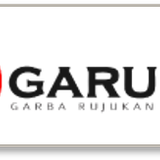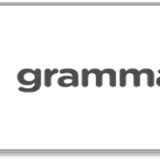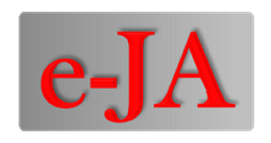IMPACT CASH FLOW RIGHT LEVERAGE OF CONTROLLING SHAREHOLDER ON PERFORMANCE IN INDONESIA
DOI:
https://doi.org/10.24912/ja.v20i3.3Abstract
The purpose of this study is to investigate the impact of cash flow rights leverage of controlling shareholder on performance. The ownership of common stock has some rights such as control rights and cash flow rights. Control rights are the rights of common shareholders to elect board of directors and other company’s policies, such as the issuence of securities, stock split and substansial changes in company’s operation (Du and Dai, 2005). Cash flow rights are the financial claims of shareholders on the companies (La Porta et al., 1999). Case in Indonesia, commonly there are differences between control rights and cash flow rights. It  is called cash flow right leverage. The large leverage indicates the large agency conflict between controlling shareholder and non-controlling shareholders. The low leverage indicates the low agency conflict. It will impact on performance. If the control rights are greater than cash flow rights, it indicates the larger agency problem. It indicates that the power of the controlling shareholder in the company is larger than claim to the firm. It is incentive for a controlling shareholder to expropriate non-controlling shareholders through utilizing assets of company for his/her private benefit. This study uses the sample of the manufacturing companies listed in the Indonesian Stock Exchange during the period 2001-2007. Performance is measured by Return on Assets (ROA). The results of this study show that the cash flow right leverage of controlling shareholder has negative impacts on performance. It means the large agency conflict (cash flow right leverage) between controlling and non-controlling shareholders reduce performance. The results of this study can give contribution for Indonesia Financial Service Authority (Otoritas Jasa Keuangan (OJK)) to monitor public companies in Indonesia. This institution more focus for companies which has large cash flow right leverage. Because, it indicates the large agency problem between controlling and non-controlling shareholders.
Downloads
Published
How to Cite
Issue
Section
License
Copyright (c) 2017 Jurnal Akuntansi

This work is licensed under a Creative Commons Attribution-NonCommercial-ShareAlike 4.0 International License.
This journal provides immediate open access to its content on the principle that making research freely available to the public supports a greater global exchange of knowledge.

This work is licensed under a Creative Commons Attribution-NonCommercial-ShareAlike 4.0 International License



















